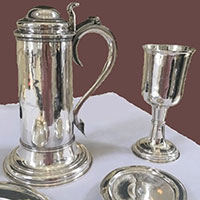 Rite and Vessels
Rite and Vessels
The form of communion vessels reveals something of our ritual practice. Conversely, change in the way we receive communion necessitates change in the kind of vessels we use. The small chalice and paten used so frequently over recent centuries are designed exclusively for the priest’s communion. Early communion vessels give us a glimpse of a differently organised communion rite in which everyone drank from a common cup and received part of the broken bread. These vessels carry a different understanding and liturgical theology. Continue reading “Holy Communion”

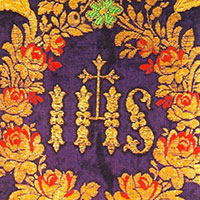 My PhD research project at the University of Canberra, Treasured Threads: Ecclesiastical Textiles as Living Heritage of the Catholic Church in Australia (2019), grew out of my BA (Hons) dissertation which was inspired by three fragments of historical ecclesiastical embroidery salvaged from old, worn and damaged vestments made obsolete following the reforms of the Second Vatican Council. Vatican II reduced the number and type of ecclesiastical garments worn by clerics and simplified vestment design. As a result, a large amount of ecclesiastical textile heritage was removed from service. Visiting heritage textile collections and speaking with custodians has uncovered a diverse and unexpected web of community and personal significance and values that connect this living textile heritage to a broader web of local, national and international history and ongoing cultural life.
My PhD research project at the University of Canberra, Treasured Threads: Ecclesiastical Textiles as Living Heritage of the Catholic Church in Australia (2019), grew out of my BA (Hons) dissertation which was inspired by three fragments of historical ecclesiastical embroidery salvaged from old, worn and damaged vestments made obsolete following the reforms of the Second Vatican Council. Vatican II reduced the number and type of ecclesiastical garments worn by clerics and simplified vestment design. As a result, a large amount of ecclesiastical textile heritage was removed from service. Visiting heritage textile collections and speaking with custodians has uncovered a diverse and unexpected web of community and personal significance and values that connect this living textile heritage to a broader web of local, national and international history and ongoing cultural life. 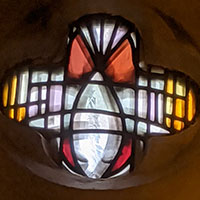 In the same way that churches have been built by Christians for two millennia, the small stone church in the Sydney suburb of Pyrmont, dedicated to St Bede the Venerable, was built by the hands of its parishioners. Much of the sandstone used to build the early buildings of Sydney was quarried in Pyrmont, the same stone that the parishioners cut from the site, shaped and laid to build St Bede’s. They completed the building in 1867 providing for a congregation of about 120 to gather for Mass.
In the same way that churches have been built by Christians for two millennia, the small stone church in the Sydney suburb of Pyrmont, dedicated to St Bede the Venerable, was built by the hands of its parishioners. Much of the sandstone used to build the early buildings of Sydney was quarried in Pyrmont, the same stone that the parishioners cut from the site, shaped and laid to build St Bede’s. They completed the building in 1867 providing for a congregation of about 120 to gather for Mass. 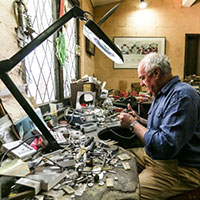 St Francis’ Church, Lonsdsale St, Melbourne
St Francis’ Church, Lonsdsale St, Melbourne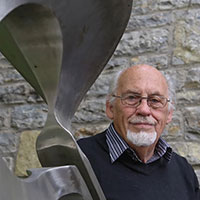 Victorian sculptor Ernst Fries is known for his monumental works in stainless steel and granite, glass and concrete. He was born in Würzburg, Germany, and after a difficult childhood during World War II, studied gold and silver-smithing in Switzerland. He came to Australia in 1959. He settled in the Yarra Valley in 1986 where the landscape inspired him to explore themes of rebirth and new life in the elegant clean lines of his modern sculpture. With work in gallery collections in Australia and overseas, he has received many commissions for public sculpture, for example, in 2013, the glass and concrete panels of the Yarra Glen Black Saturday Memorial.
Victorian sculptor Ernst Fries is known for his monumental works in stainless steel and granite, glass and concrete. He was born in Würzburg, Germany, and after a difficult childhood during World War II, studied gold and silver-smithing in Switzerland. He came to Australia in 1959. He settled in the Yarra Valley in 1986 where the landscape inspired him to explore themes of rebirth and new life in the elegant clean lines of his modern sculpture. With work in gallery collections in Australia and overseas, he has received many commissions for public sculpture, for example, in 2013, the glass and concrete panels of the Yarra Glen Black Saturday Memorial. 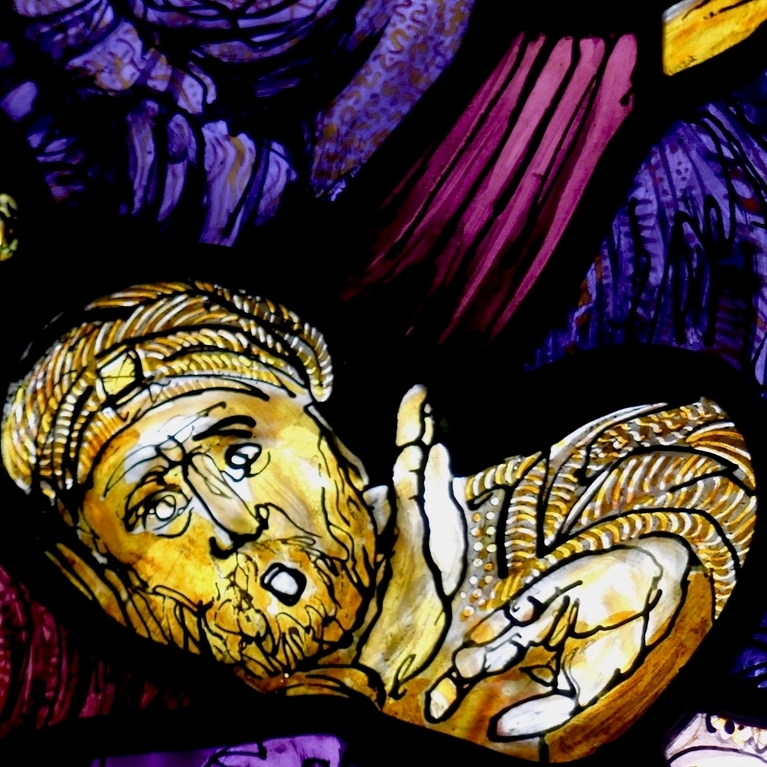 St Francis of Assisi, Mill Park, VIC
St Francis of Assisi, Mill Park, VIC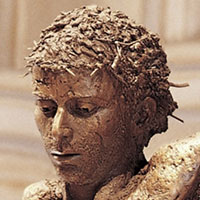 The Cathedral of St Stephen in Brisbane holds the best collection of the work of Australian sculptor, John Elliott (1943-2016). Nowhere else are there three major works together. The cathedral has the shrine of Virgin Mary, the altar crucifix and the diocesan shrine of patron St Mary MacKillop. John Elliott was born in Canterbury, England, studied at the Royal College of Art in London, and migrated to Australia in 1970. He taught sculpture at the Queensland College of Art.
The Cathedral of St Stephen in Brisbane holds the best collection of the work of Australian sculptor, John Elliott (1943-2016). Nowhere else are there three major works together. The cathedral has the shrine of Virgin Mary, the altar crucifix and the diocesan shrine of patron St Mary MacKillop. John Elliott was born in Canterbury, England, studied at the Royal College of Art in London, and migrated to Australia in 1970. He taught sculpture at the Queensland College of Art. 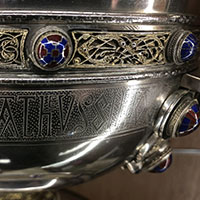 The Ardagh Chalice is a superb and ornate example of early medieval Irish liturgical metalwork, dating from around the 9th century.
The Ardagh Chalice is a superb and ornate example of early medieval Irish liturgical metalwork, dating from around the 9th century.  Clothing and light are just two of a cluster of symbols that are at play in the Catholic rites of initiation and of farewell.
Clothing and light are just two of a cluster of symbols that are at play in the Catholic rites of initiation and of farewell. 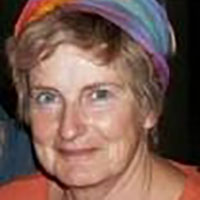 Pauline Clayton worked as a sculptor in Melbourne and her works are featured in various institutions, including St Francis’ Church, Lonsdale Street, and schools, including Catholic Ladies College, Eltham. In addition to juggling the responsibilities of marriage, helping to raise three children and teaching, Pauline undertook art classes at the Royal Melbourne Institute of Technology (RMIT) and taught art and sculpture in secondary schools, including Geoghegan College, Broadmeadows and Genazzano fcj College, Kew, VIC.
Pauline Clayton worked as a sculptor in Melbourne and her works are featured in various institutions, including St Francis’ Church, Lonsdale Street, and schools, including Catholic Ladies College, Eltham. In addition to juggling the responsibilities of marriage, helping to raise three children and teaching, Pauline undertook art classes at the Royal Melbourne Institute of Technology (RMIT) and taught art and sculpture in secondary schools, including Geoghegan College, Broadmeadows and Genazzano fcj College, Kew, VIC.